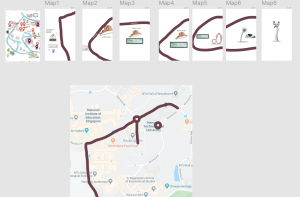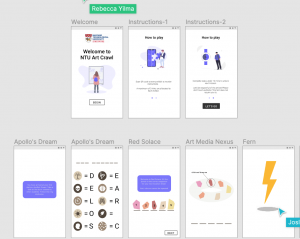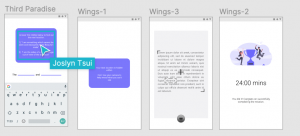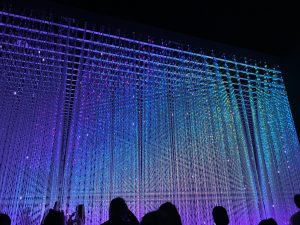
My friend and I attempted to go to Bugis Street to go shopping. The first step navigating was the easiest part: take the 199 bus to the Boon Lay MRT station. The difficult part was trying to figure out which MRT line would take us to Bugis Street. We located an MRT map and scanned for the word Bugis. We found Bugis Station and just hoped for the best that it was where Bugis Street would be. After a 40 minute commute on the MRT, arrived at the very confusing. We followed the loudest crowd out the MRT station and luckily were greeted with a giant sign reading “Bugis Junction” There were so many buildings with the “Bugis Junction” branding so we assumed we were on the right side of the street. We ended up in an air-conditioned mall.


Bugis Street was across the street without clear signage. It was covered by a very extravagant Maplestory billboard ad. We decided to check it out since there was a bustling crowd there. The landmark that we used as a central navigation point was the large Bugis Food Street sign in the centre of the first floor. The only other signage that was semi-helpful were the “MORE STORES HERE →” signs pointing out escalators hidden corridors. My friend was looking to get her nails done and we couldn’t find any salons until we reached the last floor, the fourth floor.
There were more “CCTV Surveillance Area” and “STOP CRIME” signs than wayfinding signs.
Navigating would have been easier if there was a general map indicating what shops each floor had to make our visit more efficient. However, without the signage, we ended up exploring Bugis Street in its entirety. It was surprisingly not as stressful navigating without a GPS—we didn’t have to worry about running out out of data and being those tourists who stop in the middle of a walkway to find our way.






